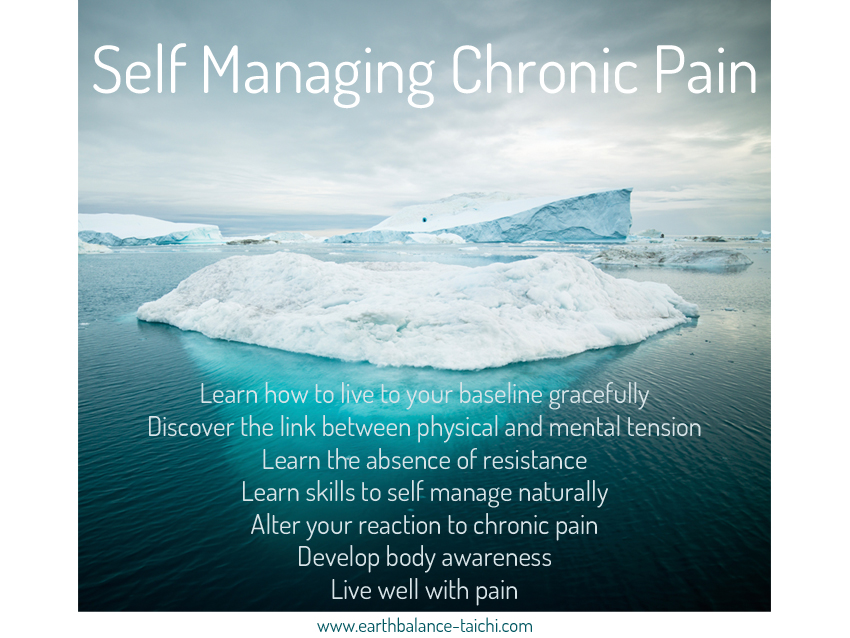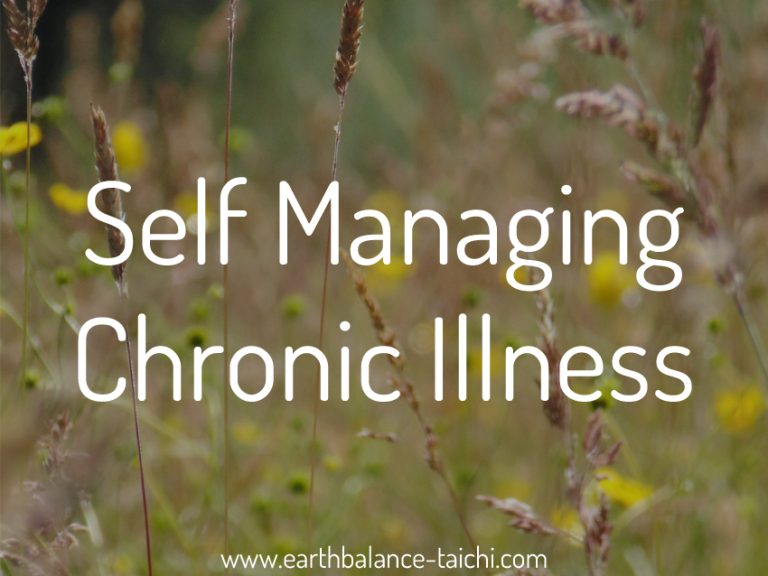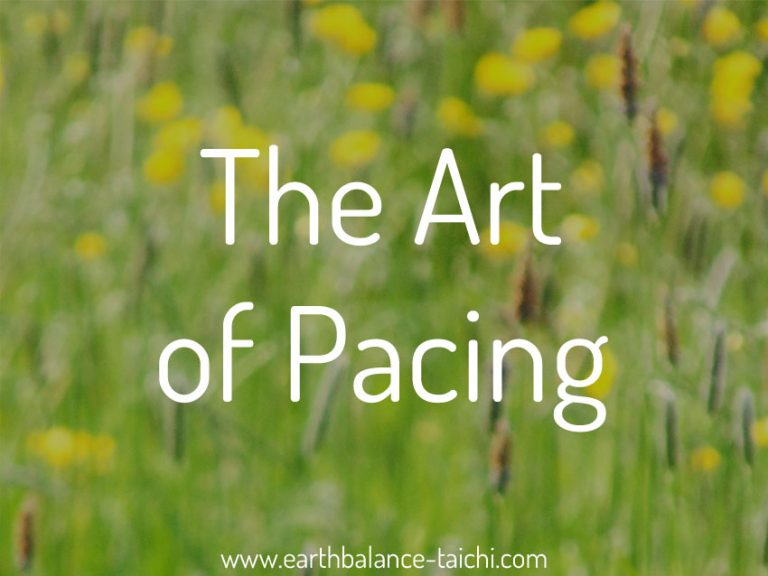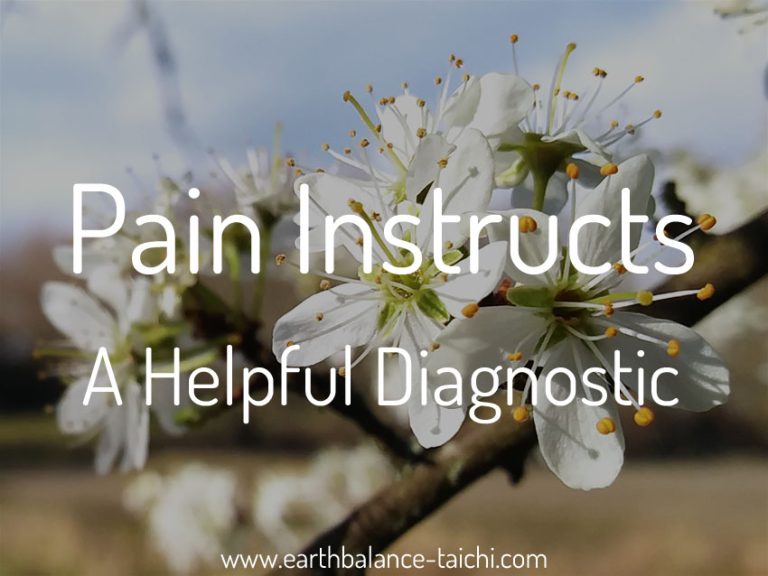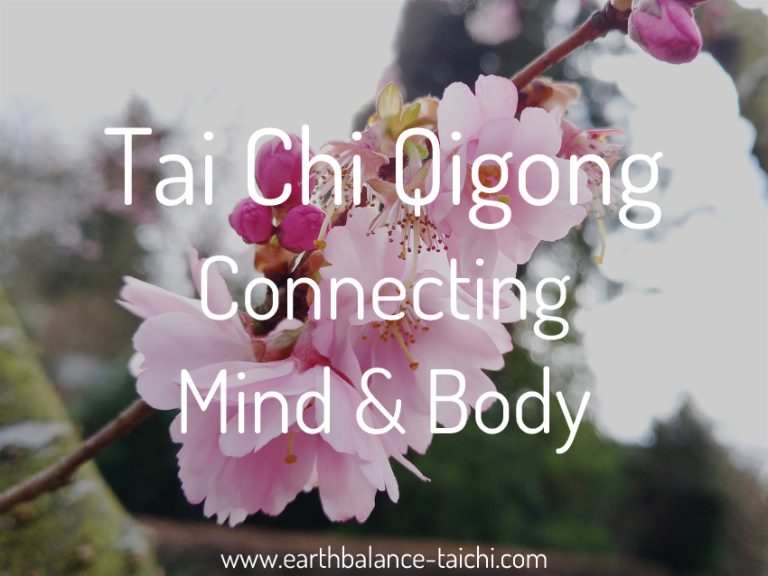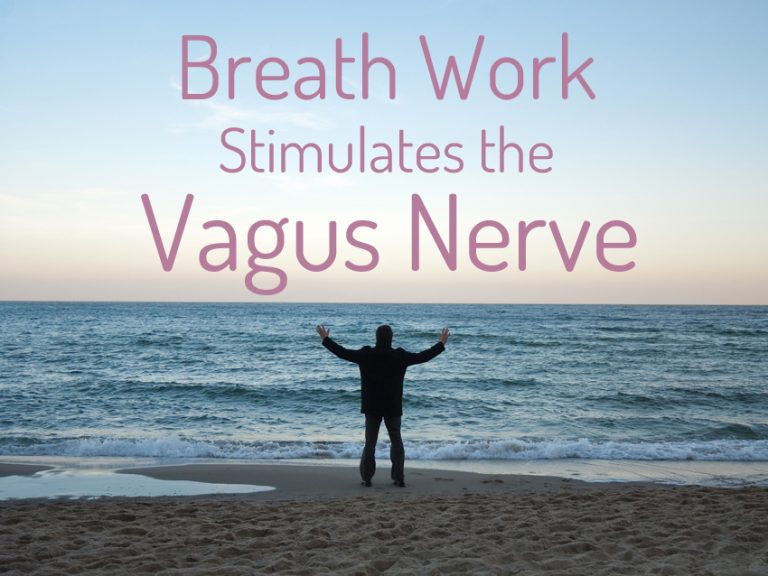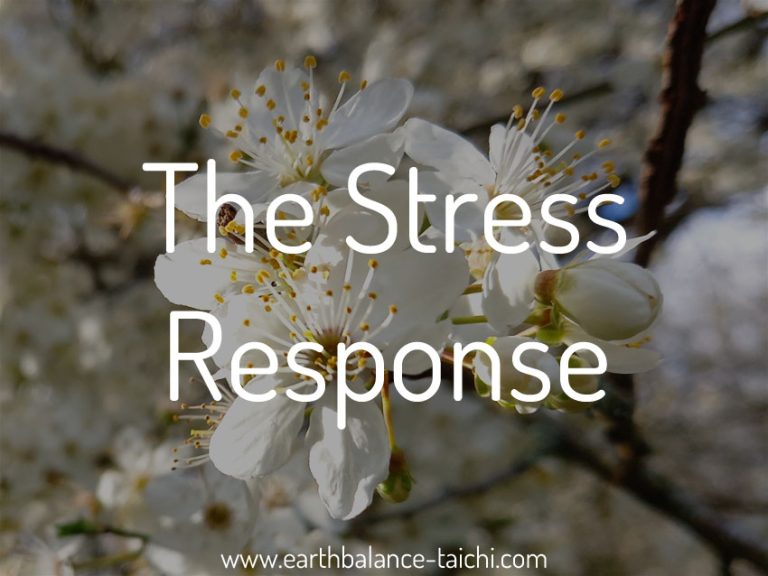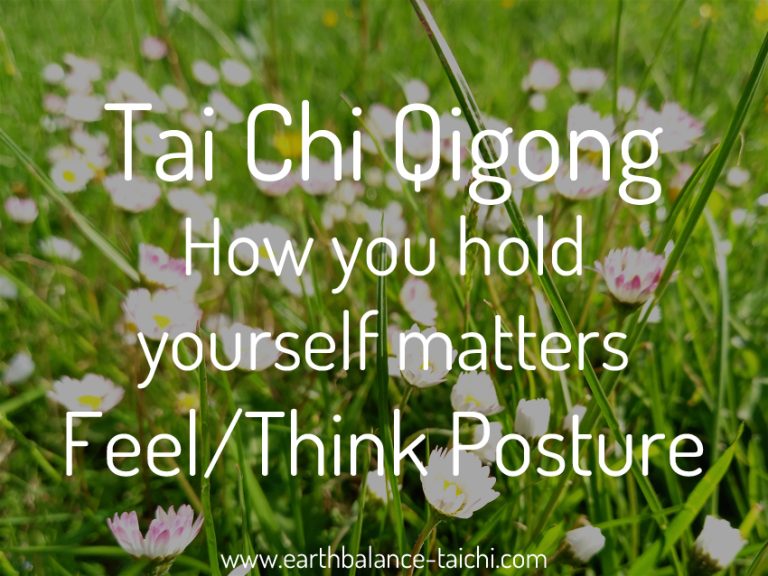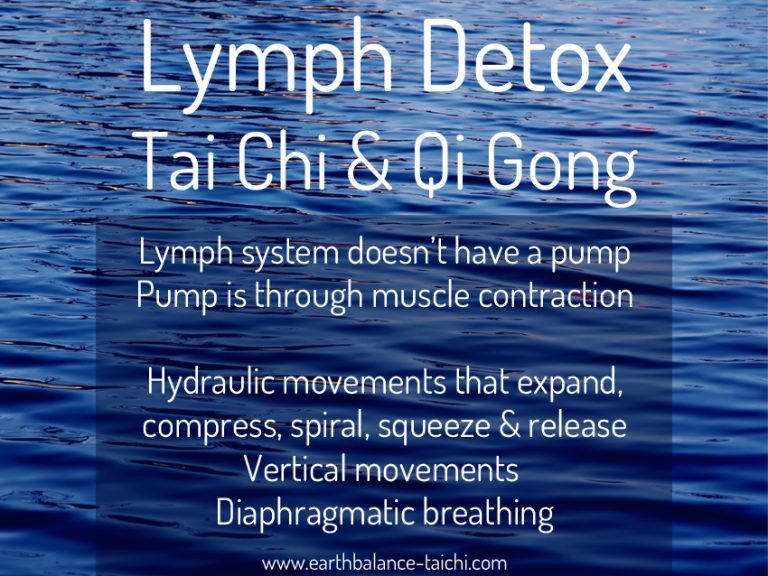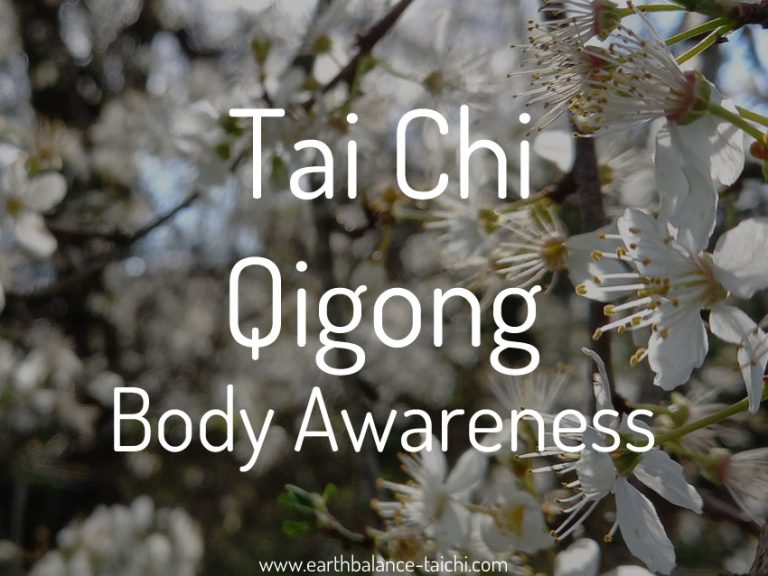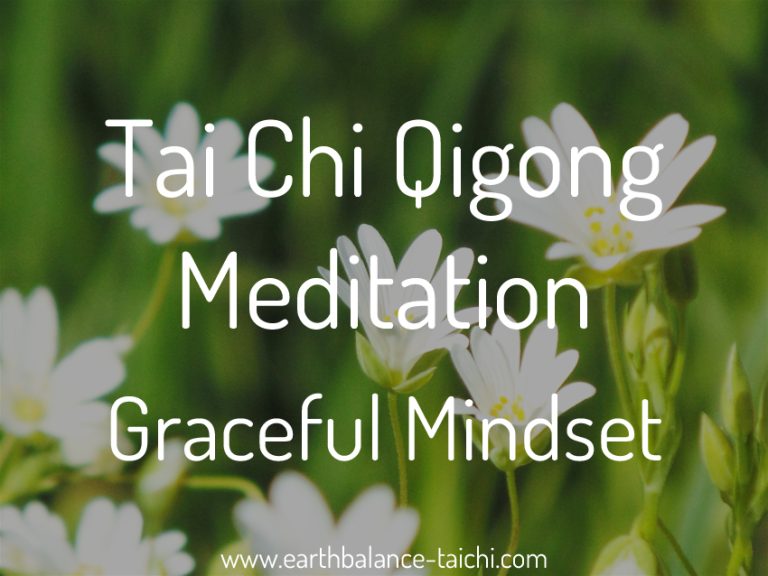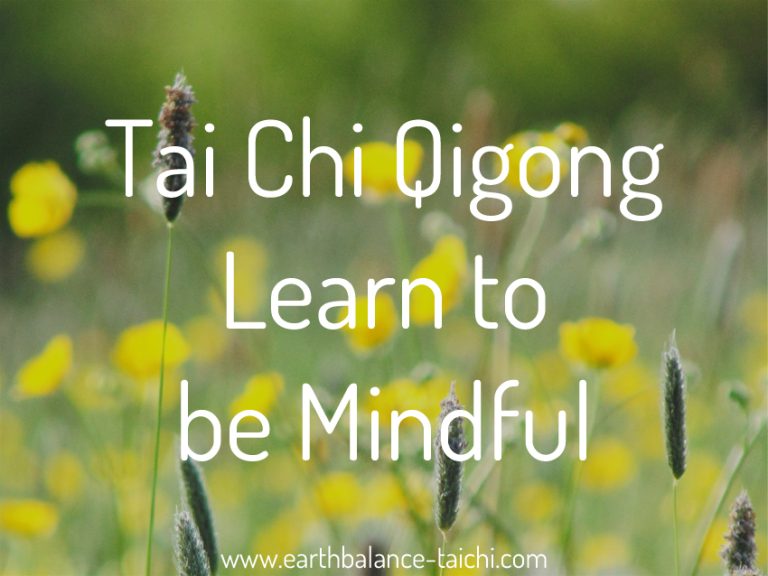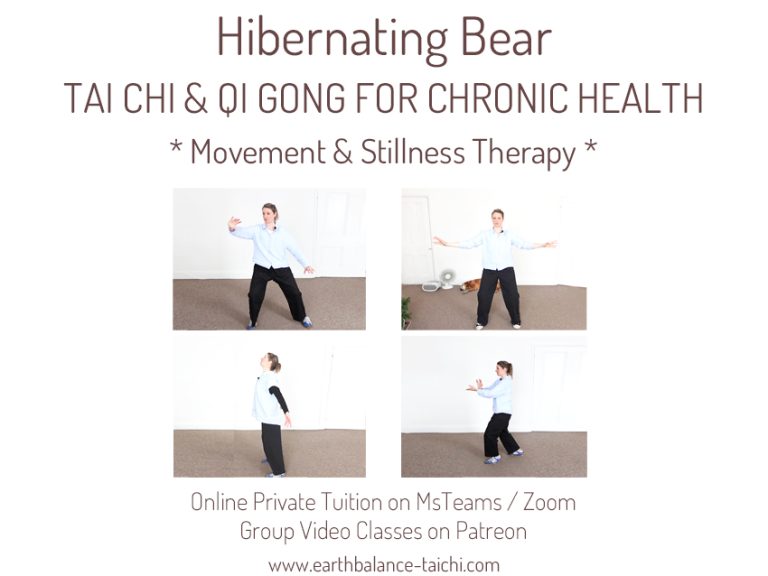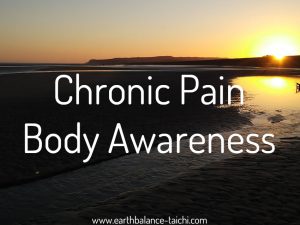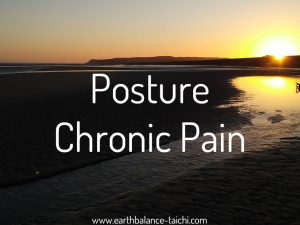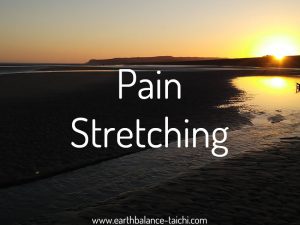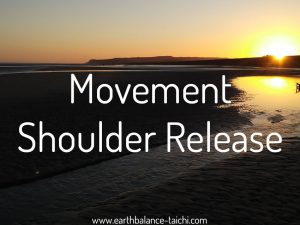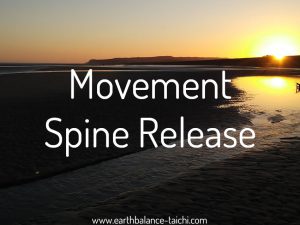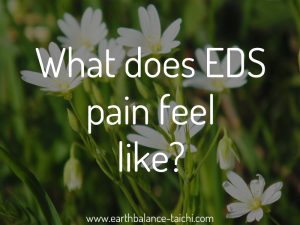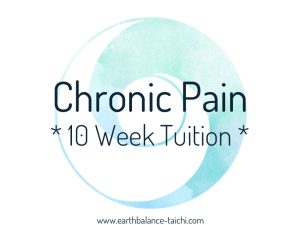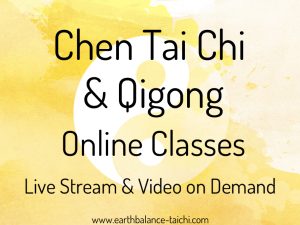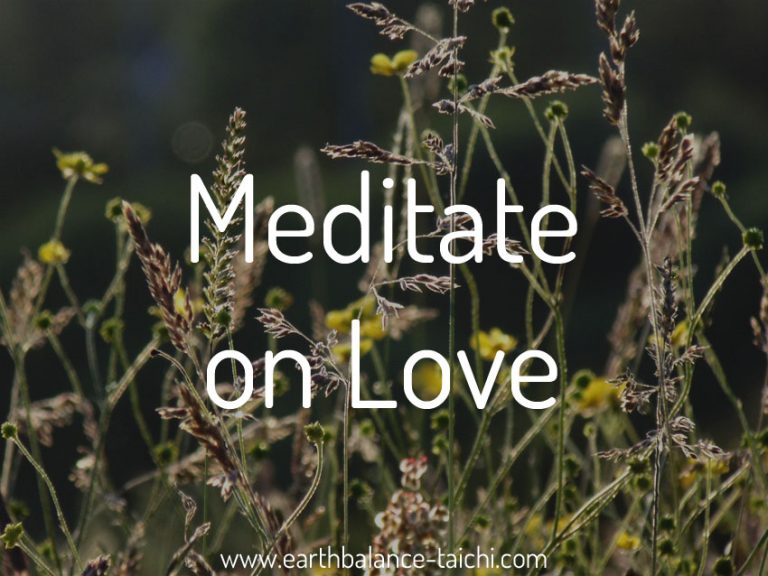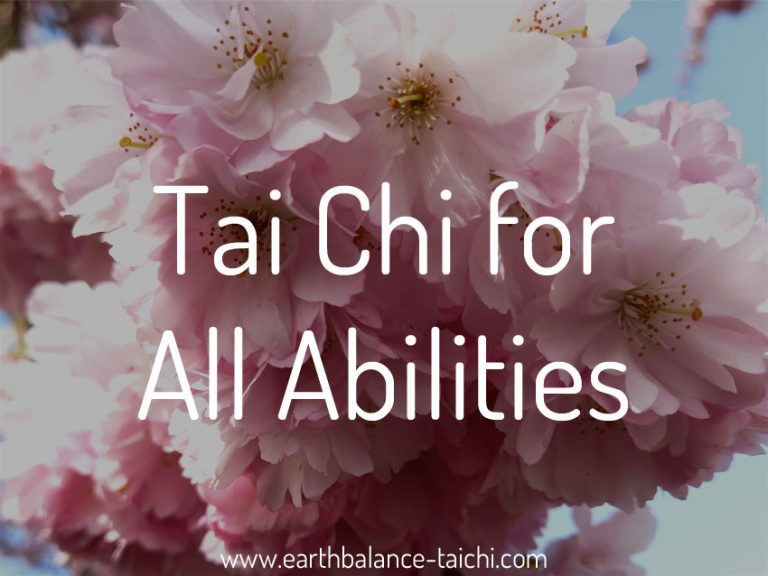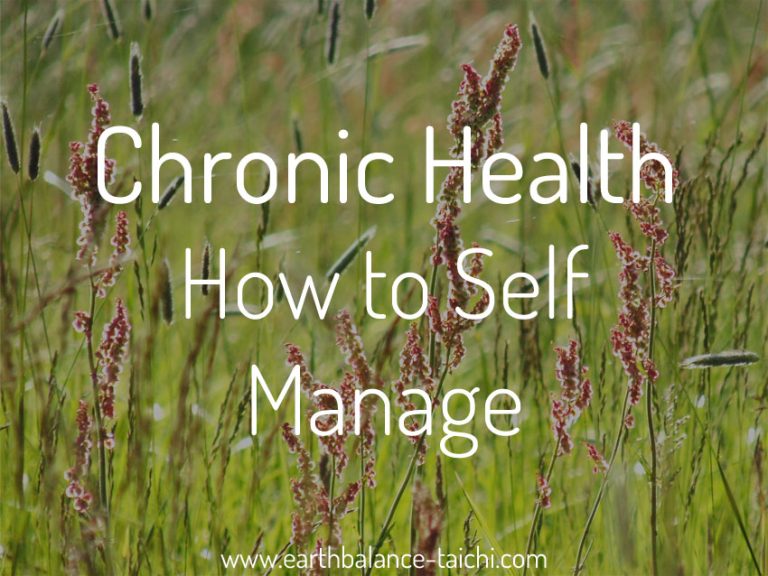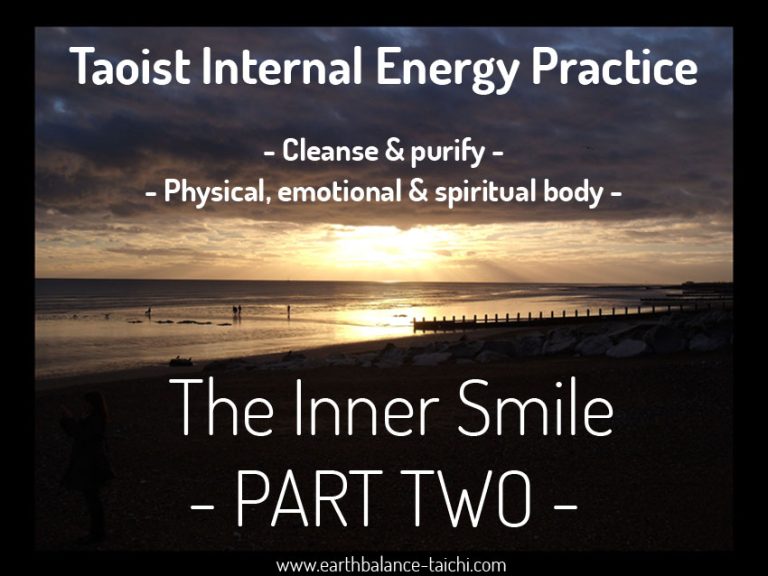Self Managing Chronic Pain
Self Managing Chronic Pain
For those living with chronic pain who would like to be active in their self care management, read over my collection of resources that aim to naturally and holistically support you self managing chronic pain. Explore gentle and powerful methods for both mind and body to change your pain experience. I understand personally the impact chronic pain and chronic fatigue have on life, as I live with Ehlers Danlos Syndrome and cannot remember a day without pain or fatigue . These resources come from my 'Hibernating Bear' syllabus of Tai Chi, Qigong and meditation teachings. Designed to help ease pain levels, reframe how you respond to pain, boost happy brain chemicals, decrease fatigue, release mental tension, relax physical tension and aid the functioning of all body systems. You can improve your pain experience and quality of life. I have tried and tested these methods over the last 17 years and still work on them daily. Help regain some sense of control over your pain, learn to lean into it safely, and learn skills to cope. Join our Patreon community for chronic health classes, resources and connection.
Self Managing Chronic Illness
Read more in this stand alone article on the impact of chronic illness on daily life and natural ways to build resilience and support your symptoms. Click here.
Baselines & Pacing
Learning to live to your unique health base-line is an important skill to develop to avoid the boom and bust cycle. This is called the art of pacing. It's a delicate balance when living with chronic pain, to manage daily life. Too much will cause more pain and fatigue, and too little may also cause more pain and fatigue. Living to your baseline gracefully doesn't mean you get it right all the time. There is always ebb and flow with chronic health that can be unpredictable. It is possible to pace life so that you can live well with with chronic pain and chronic fatigue. Read more about healthy and appropriate movements for chronic fatigue.
Exploring Pain
Pain is a very useful diagnostic. By training the skill of body awareness you become an expert on your own body. When you exercise the pain response lets you know that something is off in the body. There are many types of pain in the body, some relate to your condition and symptoms, some relate to physical alignment and how you hold your posture, and some relate to going passed your physical baseline and ability. Tai Chi and Qigong movements are "contained" within a safe range of motion and a well aligned posture. If you practice and experience pain, it is possible to pinpoint the source and adjust and adapt around the pain.
You become an observer, rather than being reactive and jumping away from pain and stopping. This is part of changing your response to pain, to reframe how you experience pain so that you can exercise safely whilst leaning into chronic pain. Relaxing the body through mindful movements helps to lessen the pain experience as there is also a link between pain and physical tension.
Exercise is hugely important when living with chronic pain, to help all body systems function better, and to release hormones that are a natural analgesic. When starting out with exercise, you can expect to go through the healing response which will try to sabotage your mind into quitting, as it may increase your pain levels and bring up old injuries. Persevere as the body is adjusting to a new routine and needs time and patience to work through this. It can be helpful to write out your pain symptoms and triggers, to understand yourself more and for others to help to understand what you are going through. With some health conditions, and please always consult with your doctor before undertaking a new exercise programme, it may be that pain persists whilst you exercise and after you exercise. Yet the physical and mental health benefits always out way being sedentary.
It's not all or nothing, avoid the typical boom and bust cycle of doing too much too soon. Can you start with 5 minutes per day of gentle exercise over a 1 month period? And learn to lean into pain by moving through the tension and the cobwebs within the body through release. This is the Tai Chi and Qigong approach, to relax deeply, whilst working to your baseline, without boom and bust. What difference what that make to your life?
Mind Body Connection
Learning the absence of resistance method when living with pain through mindful relaxation exercises is helpful to release both the mind and body whilst the pain remains. Tai Chi, Qigong and meditation practice are all healthy distractions that can help reduce pain levels. When your focus is elsewhere and you are doing something that is beneficial for your mental wellbeing and physical health, you start to build resilience. You no longer are thinking about the past or the future, or focusing on the pain you are in. Instead you are focused on slow and gentle movements or mindfulness exercises that activate your natural relaxation response. The more relaxed you can become when living with pain the better and the less you fight and reject pain the better. It's not a competition about whether pain wins or not, it's about finding ways to live well alongside pain.
One of the most important things you can do when living with chronic pain is learn breath work techniques. There is a link between breath work and mental health, physical health and physiological health. Knowing the how's and why's can help you regain some sense of control over your pain experience. Diaphragmatic breathing can help reduce stress levels by stimulating the vagus nerve, improving your wellbeing and ability to cope. Breathing properly also aids the function of the lymph system which helps remove toxins and detox the body. Breathing techniques can be done lying down, seated, standing or whilst moving like in Qigong. You can use breath work chimes to regulate your breathing, helping you relax quicker and deeper. It is the one thing you can do, when you are in a pain flare that doesn't involved much movement and is proven to help.
Reducing Stress
When living with chronic pain, there is no off switch and it can feel like a physical prison. Pain can have a devastating effect on mental health and can commonly cause feelings of anxiety, depression, anxiousness, stress, worry etc. Even to the point of cyclical thinking and over-thinking. Learning about the natural relaxation response vs the stress response will help you understand the triggers of stress and what you can do to combat that. Learn how to stimulate the vagus nerve which is responsible for the majority of your rest and digest state. Learn how to boost your happy brain chemicals naturally, serotonin, dopamine and endorphins. Learn how to aid the symptoms of low mood, anxiety and depression. Overall developing the skill of relieving stressors is an important part of chronic pain self care management.
Posture and Alignment
How you hold yourself in your habitual posture matters. Know that a prolonged sedentary lifestyle and sitting for long periods is awful for your health. It is likely that you will experience an increase in physical pain levels when you hold a poor posture over time. Consider the head and neck. If your head protrudes forwards like when looking at a phone or computer, this causes the weight of the head on the shoulders to increase significantly. The reaction of the shoulders and neck is to chronically contract the muscles to try and pull the head back into alignment. The weight of the head needs to be balanced over the neck, torso, hips and legs to transfer into the ground. The moment the head droops forwards, that weight gets stuck in your joints instead.
Over time this may cause muscle and connective tissue pain and fatigue, headaches and migraines. By learning to maintain a balanced, aligned and symmetrical posture you can help reduce pain levels. This is why Tai Chi and Qigong are ideal exercises to develop body awareness of your posture, to be able to gentle re train your structure over time and to know when it is aligned and when it is misaligned. Traditional standing practice is a great exercise to do daily to help you align the body better, returning your structure to a neutral position. Follow along with a 12 step course on YouTube to learn about the major joints in the body and how to align in a Tai Chi and Qigong way. When standing there are different layers to focus on, one at a time, read the list here. Improving your posture helps reduce pain, helps to protect the weak points and to strengthen your problem areas. Worth doing daily!
Detox through Movement
The lymph system is the drainage system for the body, removing toxins and waste. When sedentary the lymph system struggles to function as there is no pump. Exercise is the only way lymph fluid can be pumped around the body. When living with chronic pain, exercise can feel like the last thing you want to do. Whilst going to the gym or running may be out of reach for your current health baseline, Tai Chi and Qigong are non impact effective methods to exercise safely and will help your lymph fluid pump. The lymph system is activated through diaphragmatic breathing and movement. The quickest way to detox is through exercise and not all exercise is equal.
Healthy Joints
Chronic pain is debilitating, and can be localised around the joints. It is important to maintain healthy joints as much as possible through exercise. Tai Chi and Qigong are non impact, which takes away the potential of aggravating the joints even more. The body mechanics in Tai Chi and Qigong work to expand and compress the joint system which helps draw in synovial fluid that lubricates the joints, whilst pushing out toxins and waste to send to the lymph system. The moves may look graceful and light, however there is deep internal manipulation and loosening of the joints that can be quite demanding. This includes a lengthening and releasing quality in the spine, with movements that flex and extend to keep the spine nourishes and the nerves that come off the spinal cord happy.
Healthy Soft Tissue
Maintaining a flexible and pliable body is helpful when living with chronic pain. Chronic muscular contraction and physical tension can increase your pain symptoms unnecessarily. Exercise may feel like the last thing to do when living with chronic pain, as it may cause you more pain initially to move. Yet the health benefits out way being inactive.
Tai Chi and Qigong have gentle and powerful spiralling movements that promote elasticity, lengthen the connective tissue, release the fascia and help to soften inappropriate muscle use. The principle is called fang song, where we apply relaxation to the structure whilst aligning the body and maintaining our structure. Relaxing muscular tension and releasing inappropriate muscle contraction. This is unique to Tai Chi and Qigong compared to other martial arts or movements practices like yoga and pilates.
The message from my teachers has always been to relax harder as we move and exercise! Healthy soft tissue also means to strengthen the muscles which Tai Chi and Qigong do in an integrated whole body-weight connected way, and without impact. The deep internal muscles that are hard to target are strengthened with Tai Chi and Qigong movements, known as the psoas group of muscles. You are aiming for the soft tissue of a cat, to be flexible, pliable, open and mobile, rather than the dense muscle and rigidness of a cow.
Training body awareness when you are in stillness or when moving and exercising helps manage pain. Knowing where your body is in space without using your eyes, known as proprioception or body sensitivity, helps you know when you are moving your posture out of alignment, or helps you know when you are holding yourself in a position that may cause you more pain. Without regular training these awareness skills are lost, as the neural pathways atrophy like muscles. This also applies to cross brain connectivity, where the body is moving in unsymmetrical patterns at different paces, speeds and ranges of motion.
If you have poor proprioception then your are at risk from trips and falls. Having awareness of your wellbeing, emotions and psychological state is also important. Knowing when to take time for yourself or when to seek help. Awareness of you physical and mental self is a life long skill. Take time each day to develop right brain activities that help develop awareness; not using your eyes to move your limbs, using your feeling brain to know the shape, texture and sensations in your limbs, joints, fingers, ears etc.
Graceful Mindset
Living with a different baseline from the norm is exhausting. Your mental wellbeing gets battered by chronic pain, and you can become raw and vulnerable from the symptoms. Your daily resources may be taken up with just getting through the day. It may feel like a daily struggle and like groundhog day, as there is no off switch or annual leave from your experience. Simply getting a good night's sleep may not happen, with chronic fatigue going hand in hand with chronic pain. Pain isn't friendly, yet the trap to fall into is to fight pain with internal conflict. To try and control pain, or push through, or become tense to shy away from pain. All these do, even though they are natural human responses to pain, is cause more pain and poor mental health.
It is possible to foster a compassionate mindset around your pain experience. Where you do not berate yourself for not being able to perform, to do tasks, to travel, to be social, to go out of your routine, or to be the person you used to be etc. Training Tai Chi and Qigong offers some unique by-products from developing self compassion, releasing tension and holding on whether mentally or physically, not struggling in the learning process, the growth versus fixed mindset, finding the path of least resistance, setting boundaries with yourself and others, developing non judgement, modesty and kindness, responsibility for your own healing, to the art of yielding. The practices are steeped in Taoist philosophy, and teach life lessons without you realising, as all of the principles of Tai Chi and Qigong can be applied to daily life. That is pretty clever, as you are not learning them in a psychology class, you are training them into the body. It's a trick to avoid the mind resisting, as the mind and body are connected, the mind has to follow the body. Over time with practice, you change for the better as a person. You discover your natural self, outside of stories, agendas, ego and such like.
A valuable tool is to learn mindfulness and meditation as a stillness practice to ease the symptoms of chronic pain. This is another healthy distraction that helps move your focus gently away from your pain experience. Many people misunderstand what meditation is and believe it is out of their reach, explore the myths of meditation here. Find out about different types of meditation practice, it is trial and error to find a practice that resonates with you. Your automatic relaxation response, known as the parasympathetic nervous system doesn't mind which one you practice, as long as it is regular! And frequency over duration. From simple breathing meditation practices, to meditating on love, to Taoist practices that cleanse the organs and body scanning and physical relaxation techniques. There are thousands of traditional, modern and new age techniques. It is not one size fits all.
Self Managing Chronic Pain
Hibernating Bear Classes - Movement & Stillness for Chronic Pain
Self Managing Chronic Pain - Need a Guide?
Join me in private tuition online via MsTeams or Zoom, or via my Hibernating Bear video programme on Patreon, to learn effective movement and stillness techniques that help lessen your pain levels, reduce your pain experience and help you reframe pain. I will guide you through a personalised training programme appropriate for your unique baseline. Taking the hard work out of knowing what to do and where to turn next.
* Self Managing Chronic Pain - Please note that the Taoist practices are not a replacement for conventional medical treatment. Please speak with your doctor prior to starting a new exercise programme. This article is for information purposes only and must not be taken as medical advice. *
